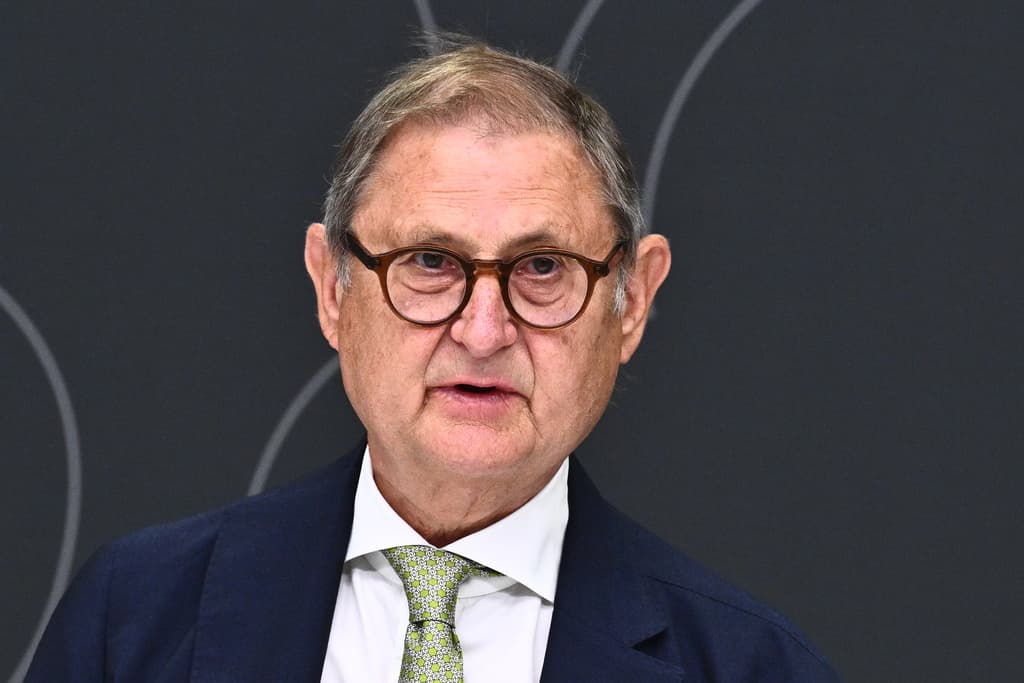Rural residents will benefit, while Stockholm residents will have to pay more than today.
This is the outcome if the updated municipal equalization system is implemented.
Håkan Sörman, chairman of the equalization committee, does not expect the proposals to be met with applause in municipal Sweden.
Those who have to give a little more will likely think they are giving too much, and those who receive will think they are getting too little, he says.
Sörman points out which municipalities will be the biggest winners with the changes.
It's very much those with a sparse population, a weak socioeconomy, and an age structure that is costly, he says.
For example, Laxå, Gullspång, Åsele, and Munkfors would receive over 3,000 kronor more per inhabitant. Dorotea and Malå would receive over 4,000 more than today.
Losing out
The losers are found in metropolitan areas and among commuter municipalities near major cities.
A Stockholm resident would, via the municipality, have to pay 1,642 kronor more than today, and a Lomma resident 2,784 kronor. Other municipalities that would have to pay more than they do today are Danderyd, Lidingö, and Vellinge.
The committee proposes, however, an introduction grant that ensures no municipality will have to pay more than 1,500 kronor per inhabitant compared to today.
Sörman notes that there are many metropolitan municipalities that will benefit from the equalization system. For example, Botkyrka, Malmö, and Göteborg.
No guesswork
The background to the proposed changes is that development has varied in different parts of the country since the equalization system was last changed.
There's not much guesswork here, it's very much that we have produced current data, says Sörman.
The largest effect has been differences in the population's age structure. But an important reason why Stockholm has to contribute more is that the number of social welfare recipients has decreased in recent years.
The purpose of the equalization system is to create conditions for good welfare throughout the country. A total of 30 billion kronor is redistributed between municipalities, while the state contributes significantly more.
Tax difference
If the equalization system did not exist, the difference between the municipality with the highest tax rate, Värmland's Eda, and the one with the lowest, Danderyd, would have been over 26 kronor. Now it is 6.75 kronor.
When it comes to regions, it is only Stockholm that pays into the system. The proposed changes mean that the region will have to pay in around 1,000 kronor more per inhabitant. Those who will benefit the most from the proposals are Gotland and Jämtland.
Civil Minister Erik Slottner (KD) expects reactions to the proposals, but does not want to say what the government thinks until the proposals have been out for review.





